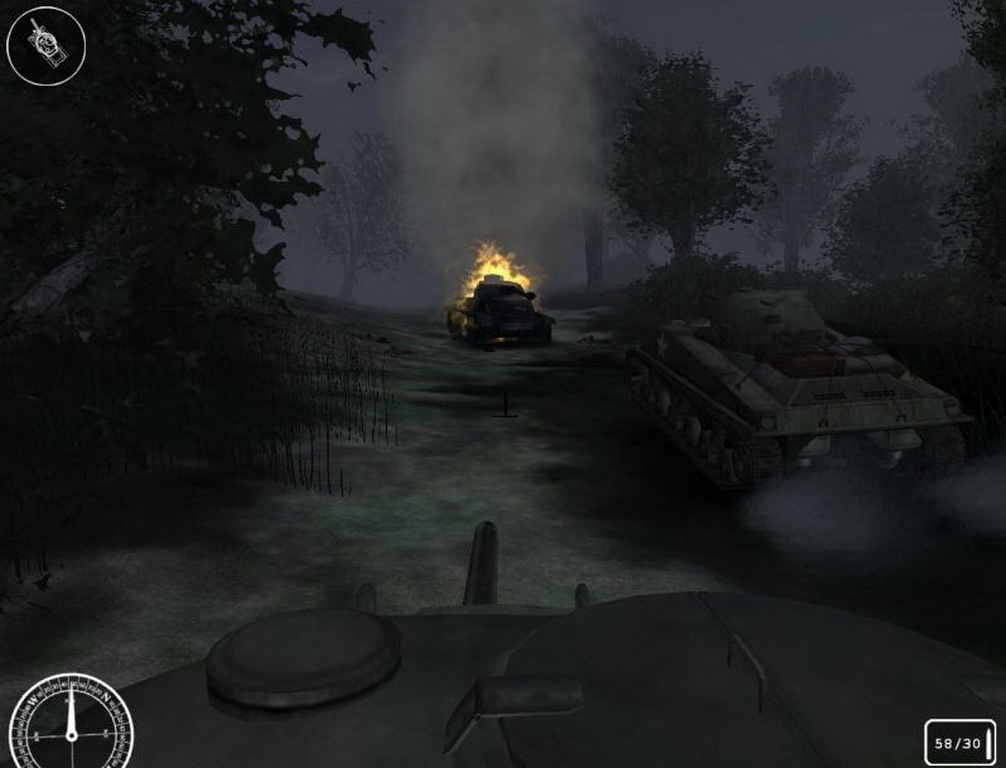

The United Nations Security Council denounced North Korea's actions as an invasion and authorized the formation of the United Nations Command and the dispatch of forces to Korea to repel it. After failed attempts of negotiations on unification, North Korean army ( Korean People's Army or KPA) forces crossed the border and formally launched their offensive against South Korea on 25 June 1950. The two years prior to North Korea's invasion of South Korea were marked by border clashes between the two countries and a North Korea-backed pro communist insurgency in the South. Both governments claimed to be the sole legitimate government of all of Korea, and neither accepted the border as permanent. A communist state, the Democratic People's Republic of Korea, was established in the north under the totalitarian rule of Kim Il Sung, while a capitalist state, the Republic of Korea, was established in the south under the autocratic leadership of Syngman Rhee. In 1948, as a result of Cold War tensions, the occupation zones became two sovereign states. The Soviets administered the northern zone, and the Americans administered the southern zone. The United States and the Soviet Union divided Korea along the 38th parallel into two zones of occupation. In 1910, Imperial Japan annexed Korea, where it ruled for 35 years until its surrender at the end of World War II on 15 August 1945.

The fighting ended with an armistice on 27 July 1953. North Korea was supported by China and the Soviet Union while South Korea was supported by the United States and allied countries. The war began on 25 June 1950 when North Korea invaded South Korea following years of hostilities between the two countries. The Korean War was fought between North Korea and South Korea from 1950 to 1953.


 0 kommentar(er)
0 kommentar(er)
